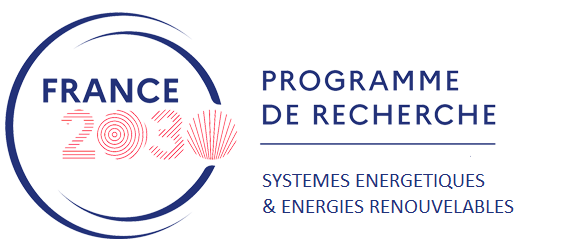Synergetic Exterior and Interfacial Approaches by Colloidal Carbon Quantum Dots for More Stable Perovskite Solar Cells Against UV
Résumé
Abstract The achievement of both efficiency and stability in perovskite solar cells (PSCs) remains a challenging and actively researched topic. In particular, among different environmental factors, ultraviolet (UV) photons play a pivotal role in contributing to device degradation. In this work, by harvesting simultaneously both the optical and the structural properties of bottom–up‐synthesized colloidal carbon quantum dots (CQDs), a cost‐effective means is provided to circumvent the UV‐induced degradation in PSCs without scarification on their power conversion efficiencies (PCEs). By exploring and optimizing the number of CQDs and the different locations/interfaces of the solar cells where CQDs are applied, a synergetic configuration is achieved where the photovoltaic performance drop due to optical loss is completely compensated by the increased perovskite crystallinity due to interfacial modification. As a result, on the optimized configurations where CQDs are applied both on the exterior front side as an optical layer and at the interface between the electron transport layer and the perovskite absorber, unencapsulated PSCs with PCEs >20% are fabricated which can maintain up to ≈94% of their initial PCE after 100 h of degradation in ambient air under continuous UV illumination (5 mW cm −2 ).
| Origine | Fichiers produits par l'(les) auteur(s) |
|---|
